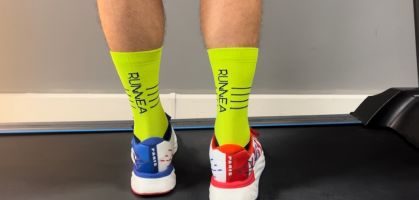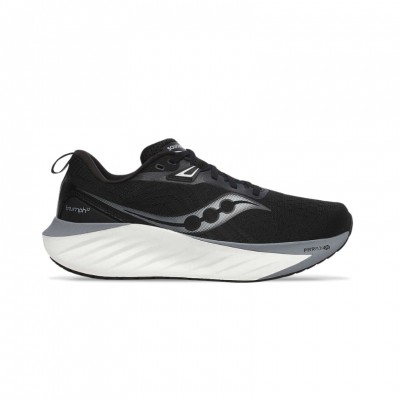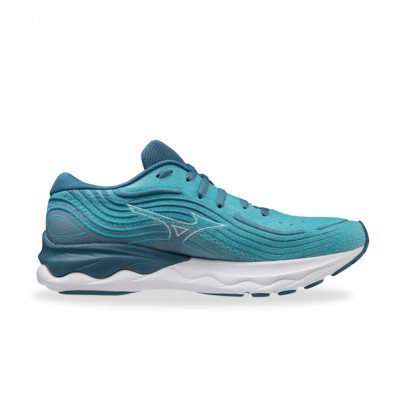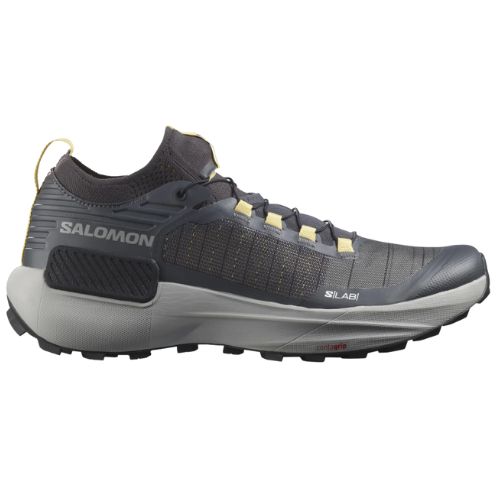You may have asked yourself this question a thousand times, but the real problem is not in asking it, but in whether you put it into practice, and do it. We talk about warming up, cooling down and stretching in each training session, looking to solve the questions: When, how and what for? If you accept a recommendation, you should read this post.
Important, and it is a basic rule that should be included in the ABC of every runner, regardless of their level and fitness level:
All training should start with a warm-up time, which helps us to activate gradually; and this physical activity session must end with a cool-down phase. In this way, warming up, cooling down and even stretching are sections that have a direct influence on the preparation to perform better and better, as well as on a faster recovery from the effort.
Putting on the table these phases of training, it is mandatory that we put ourselves in the hands of experts. So, as we are already well accustomed, we turn to the expertise of our Runnea sports director, Iker Muñoz. If you are interested in the subject, you have no choice but to pay attention to the answers he gives us about warming up, cooling down and stretching. Take note!

4 key answers about the warm-up phase
With your Running shoes on, and ready and prepared to go running, given the importance of the warm-up, Iker Muñoz emphasizes the benefits, as well as the best way to warm up. Know that you're wrong if you think that this phase is a mere formality to be fulfilled. "In some cases, the warm-up may even last longer than the main part of the workout," says the Runnea Academy coach.
Warm-up, yes or yes, there is no doubt about it, but how can warm-up help us before we start running?
This is an interesting question. There is currently a lot of scientific interest in how to optimize the warm-up, because sometimes we think of it as a mere formality.
The benefits are multiple. On the one hand, avoiding injuries is one of the great mantras of warm-up. Thanks to warming up, we increase the muscle temperature, favoring the contractile capacity of our muscles, we get more blood to the muscles to allow them to work harder, etc.
- You may be interested in: Types of sports injuries you can suffer when running and how to identify them.
But on the other hand, we are preparing our body for a futura activity (the main part of the session). This is important, because depending on the session to vaya performed(series, fartlek, intervals, etc.) the warm-up should be accordingly. If I do a soft run, some stretching and then go on to do some interval work, the first few intervals will probably be very difficult and I will not get into a rhythm.
Therefore, the warm-up directly influences the main part of the session. Be careful not to think that it is a mere formality.
What are the basic guidelines to follow?
The first and foremost is the progression in intensity and specificity. We must go from low intensity and a more general exercise to a higher intensity (close to that of the main part) and with more specific exercises. A practical example:
- Start with a gentle jog.
- Next step, gradually increase speed.
- Rest for a few minutes and do exercises to activate the hip extensors.
- Finish the warm-up with some progressions.
Is it a myth or not that a good warm-up is done when we break a sweat?
I don't know if it's a myth, but it's something desirable. Sweating is nothing more than a mechanism of thermoregulation, when it happens it means that the temperature inside us is increasing due to physical exercise. However, whenever I sweat, it does not mean that the warm-up is well done. We must not get confused with the responses of our organism and a correct work, it is all much more complex.
How long on average should an effective warm-up last?
All this will be relative to the intensity and duration of the main part. If we are going to perform a continuous workout on flat ground and at low intensity, a warm-up of 5 minutes focused on joint mobility may be sufficient. However, if we are going to perform an intense session, the warm-up may last even longer than the main part of the session.

The importance of the cool-down phase at the end of the workout
If you only take what you have heard, it is not a good sign, and you should pay more attention to it, because your recovery process starts from this phase, the cool-down phase. Moreover, the cooling down phase not only plays a fundamental role in the physical aspect, but also has an impact on the mental aspect, especially when you have had a hard, intense and demanding training session.
Why is it important to end each training session with a cool-down phase? Why do you recommend it?
Basically to facilitate recovery for future workouts. Very intense workouts can cause very high lactate concentrations (which is not a bad thing) and by jogging gently for 8-10 minutes we can help our muscle fibers to reuse that lactate. In this way, with a gentle workout we will keep a greater volume of blood reaching the muscles that we have exercised, being able to accelerate the elimination of different harmful substances, product of a high intensity of exercise.
- You may be interested in: The consequences of training in an inadequate way: overtraining and injuries.
How long, approximately, should this cooling process take to eliminate lactic acid from our muscles?
This is variable, and I repeat that lactic acid is not our enemy. A continuous, low intensity workout of 8-10 minutes may be sufficient.
Any basic recommendations for a good cool-down?
Above all, stress that it is necessary. Recovery begins at this moment. Therefore, it is necessary to give it the necessary importance, and above all that it is at low intensity and continuously.

Is stretching mandatory when you finish running?
There is a lot of discrepancy, and the subject of stretching gives a lot. Perhaps the first step is to change the general point of view we have about stretching, because "we have to think that, sometimes, the final stretches do not have to be done. For example, if there is a very high muscular congestion. In addition, they do not always have to be static, sometimes they will not bring any benefit," says the Runnea coach.
Of course, their benefits should not be ruled out either, because as Iker Muñoz points out: "after certain sessions or several hours later, we can perform them toreduce the tone of our muscles, recover or gain range of motion".
There is a lot of controversy on the subject of stretching, why after and not before starting to run?
It is clear that this is a very controversial topic and there is much to debate and reflect on. Performing passive (traditional) stretching before an intense session or competition may alter the contractile capacity of the muscle. In other words, it is possible that we may lose some of our capacity to generate tension due to a possible inhibition of part of the musculature. That is why, currently, there are several scientific studies that do not recommend this type of exercise in strength-power sports.
- Youmay be interested in: 14 exercises for leg stretches
Dynamic stretching or static stretching?
It depends on the situation and objective. As a general rule, but should not be extrapolated to everyone, in the warm-up I would lean towards the dynamic and in the return to calm for the static.
In summary, and controversies aside, current training methods are serving to evolve and break barriers with the more traditional formulas. For the moment, research does support the need for a warm-up before starting to run, and a correct cool-down phase can also lead to faster recovery from exertion. The chapter on stretching is not so clear, but this is like everything else, and at this point what counts is the person, and what may work for one runner may be counterproductive for another. So case by case, and person by person.
Read more news about: Running Training






















